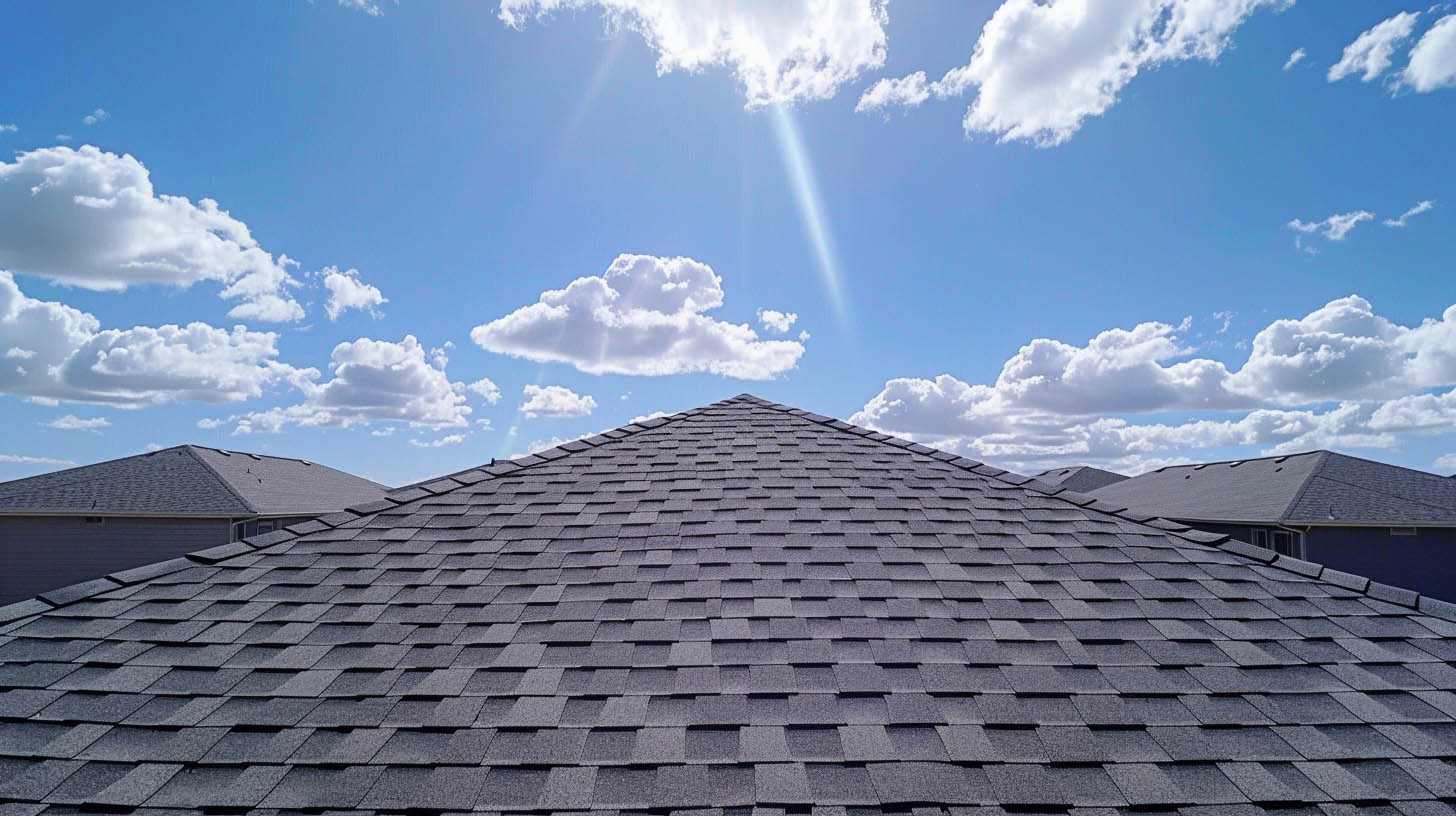At Summit Exteriors, we understand that the integrity of your roof is paramount to ensuring a comfortable, safe, and energy-efficient home. This article explores the vital interplay between different roofing materials and attic ventilation systems, emphasizing how they contribute to the longevity and functionality of your roofing system.
Understanding Roofing Options
Asphalt Shingles
Asphalt shingles are a popular choice among homeowners due to their cost-effectiveness, versatility, and straightforward installation process. Available in three-tab, architectural, and luxury styles, these shingles fit various aesthetic preferences and budgetary considerations. To maximize their benefits, it is essential to pair them with a properly ventilated attic space, preventing any potential moisture issues that could compromise roof integrity.
Metal Roofing
Metal roofing stands out for its durability and resistance to severe weather conditions, including fire and pests. This roofing type not only promises longevity but also aids in energy conservation by reflecting solar heat away from your home. Effective attic ventilation complements metal roofing by maintaining optimal temperature and humidity levels in the attic, thereby enhancing overall energy efficiency.
Slate and Tile Roofing
For those seeking a blend of classic elegance and robust performance, slate and tile roofs are unmatched. These materials are incredibly resilient against decay, pests, and fire. However, due to their substantial weight, it's crucial to ensure that your attic structure is adequately ventilated to prevent any moisture retention, which could lead to structural complications over time.
Wood Shingles and Shakes
Wood shingles and shakes offer a distinct, natural aesthetic that appeals to many homeowners. They are environmentally friendly and suitable for various architectural styles but require consistent maintenance to retain their appearance and functionality. Proper attic ventilation is necessary to prevent moisture-related deterioration and to preserve the quality of the wood.
Optimal Attic Ventilation Techniques
Ridge Ventilation
Ridge vents are installed at the roof's peak, facilitating the escape of hot air from the attic while drawing in cooler air through soffit vents. This type of ventilation system promotes a continuous airflow across the attic, crucial for temperature control and moisture reduction.
Soffit Ventilation
Installed along the eaves, soffit vents are essential for introducing fresh air into the attic space. When used in conjunction with ridge vents, soffit vents help establish a balanced and effective air circulation that supports a healthy attic environment.
Gable Ventilation
Located at the gable ends of the roof, gable vents allow for the expulsion of hot air and are most efficient when combined with soffit vents. This setup ensures a consistent and natural air movement throughout the attic.
Powered Ventilation
In situations where natural ventilation is inadequate, powered attic fans or roof-mounted exhaust fans can be employed. These systems are designed to forcefully expel hot air from the attic, aiding in temperature regulation and reducing the burden on your HVAC system.
Conclusion
Selecting the appropriate roofing material and combining it with an effective attic ventilation system is essential to maintain the health and longevity of your roof.
Summit Exteriors, a family-owned business located in Coeur d'Alene, ID, offers over a decade of expertise in roofing and gutter solutions. As an Owens Corning Preferred Contractor and the top-rated roofing company in Bonner County for 2023, we are committed to providing North Idaho residents with the highest standards of service, characterized by honesty and quality. Consult with our expert team to ensure your roofing and ventilation choices work harmoniously, enhancing your home’s comfort and extending the life of your roof.



